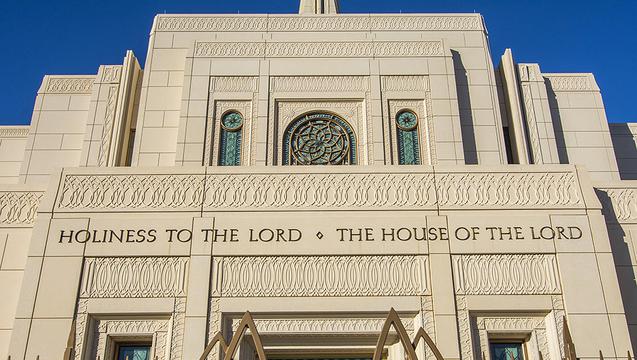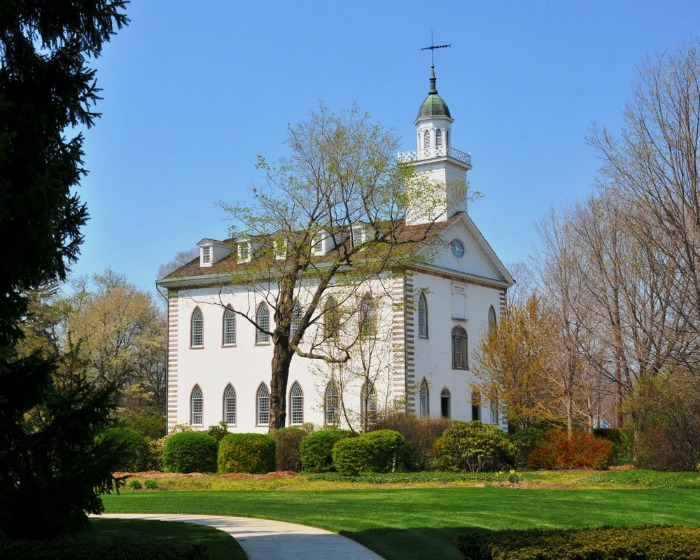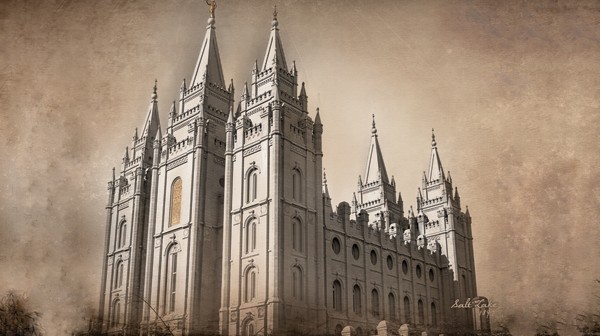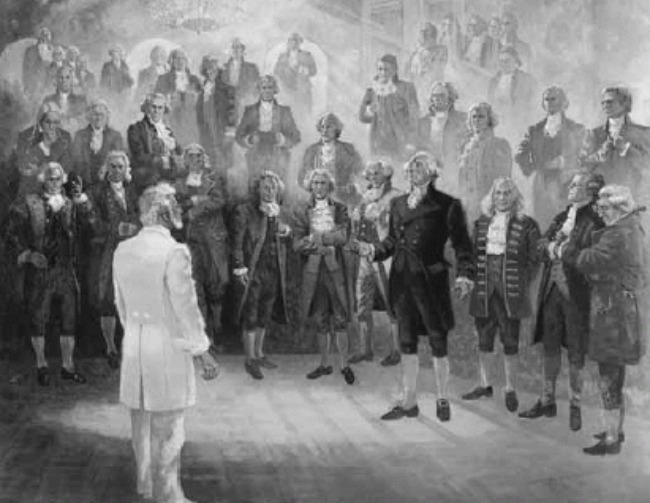Question
Gramps,
Why is the inscription “The House of the Lord” etched into each temple? I have heard that the Savior personally inspects and accepts each temple. Is that correct?
Loren
Answer
Dear Loren,
The following is an excerpt from the First Presidency Message, written by President Gordon B. Hinckley, in the March 1993 Ensign.
“This is a temple of God. The entablature on its face declares “Holiness to the Lord—The House of the Lord.” The first phrase of this statement is a declared recognition of the Almighty and a pledge of holiness and reverence before Him. The second is a statement of ownership. This is His house, built through the consecrations of the people and presented to Him as their offering of love and sacrifice.”
From ancient times, God commanded His people to build temples as holy places of worship. The Lord declared, “The Lord has always commanded His people to build temples, holy buildings in which worthy Saints perform sacred ceremonies.” The tabernacle constructed by Moses served as a portable temple during the Israelites’ exodus from Egypt, leading to Solomon’s magnificent temple in Jerusalem, which was ultimately destroyed and rebuilt multiple times.
In the latter days, the Kirtland Temple, dedicated by Joseph Smith in 1836, was the first temple built in this dispensation. The Lord affirmed its significance, stating, “I have accepted this house, and my name shall be here.”This marked the beginning of a new era, where temples became beacons of hope and sanctuaries for the faithful.
Temples serve multiple sacred purposes within Latter-day Saint theology. They are places where members can perform ordinances necessary for salvation, including baptisms for the dead and eternal marriages. As President Russell M. Nelson emphasized, “The temple is a house of instruction—yes, even divine instruction—about God’s eternal plan for his children.”
The temple is also a place of peace, where individuals can seek solace from the trials of life. Richard G. Scott, an Apostle, stated, “The prophet Elijah committed the keys for vicarious work to Joseph Smith in the Kirtland Temple,” emphasizing the importance of temples in connecting families across generations.
Temples extend a warm invitation to all. Each structure serves as a symbol of light and hope, calling individuals to come unto Christ and partake of His blessings. The inscription “Holiness to the Lord: The House of the Lord” reminds members and visitors alike of the sacredness of these spaces and the commitment to live in accordance with divine principles.
Gordon B. Hinckley, a former president of the Church, affirmed the importance of accessibility, stating, “We will keep on working to bring the temples to the people, making it more convenient for Latter-day Saints everywhere to receive the blessings which can only be had in these holy houses.”
“The House of the Lord” is much more than an inscription; it encapsulates the essence of what Latter-day Saint temples represent. They are places of divine instruction, sacred ordinances, and spiritual refuge. As members of The Church of Jesus Christ of Latter-day Saints gather in these holy spaces, they are reminded of their eternal commitments and the hope that the gospel brings. Temples stand as enduring symbols of faith, inviting all to partake in the blessings of the Lord and to experience the peace that comes from being in His presence.
Gramps







